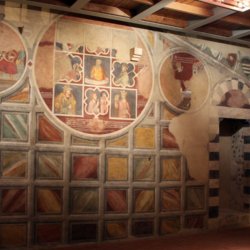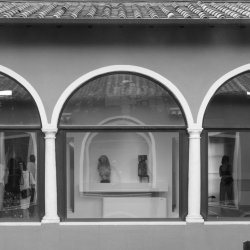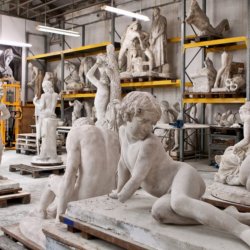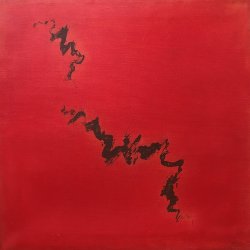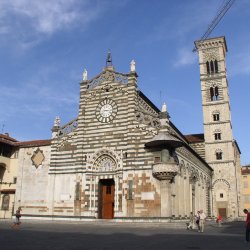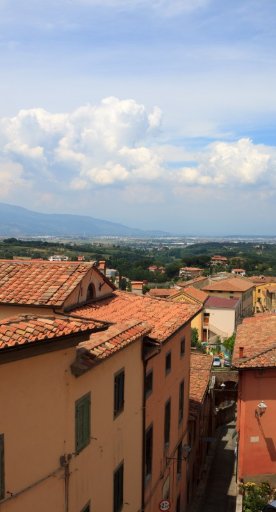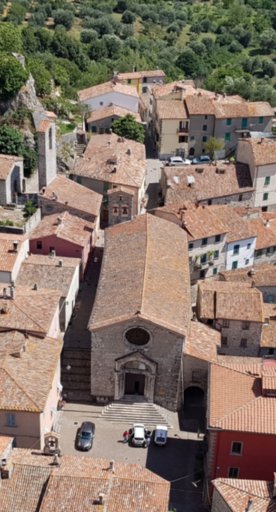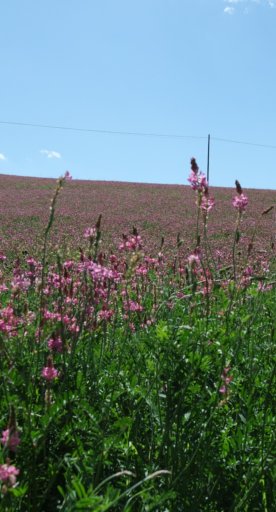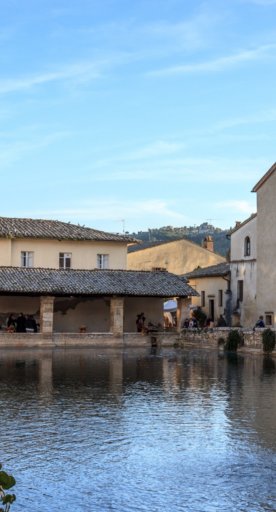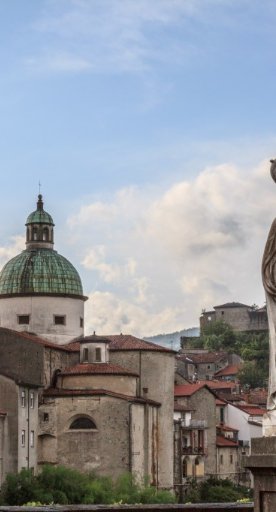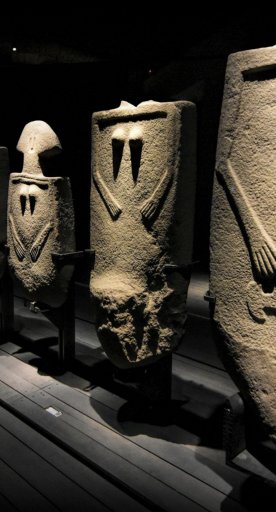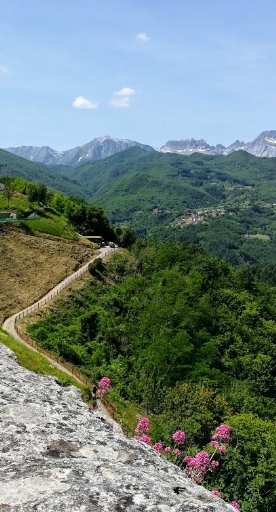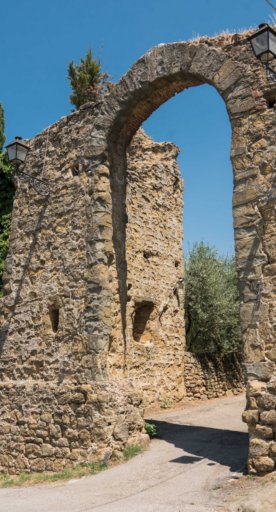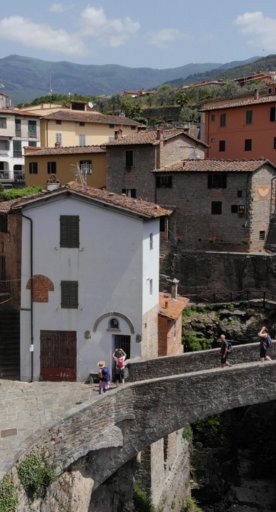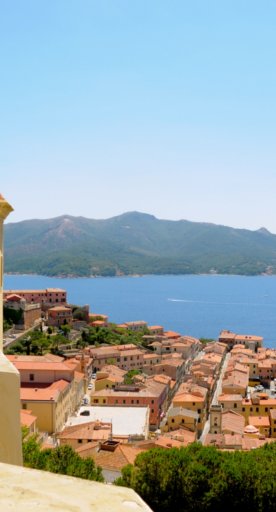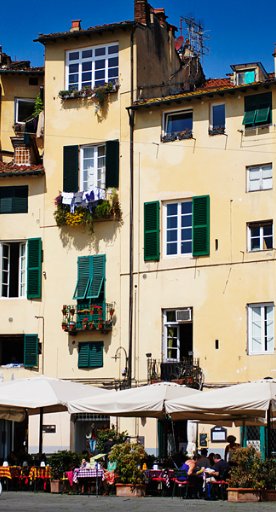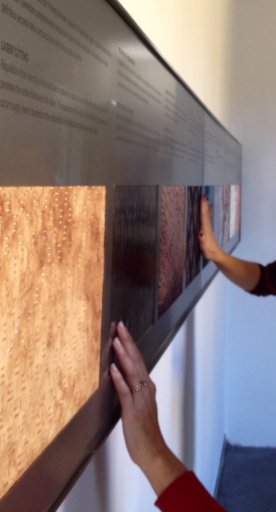Florence and Fiesole: the journey of Boccaccio
Curiosities, art and flavours
There is a city that everyone knows for its Renaissance spirit but we want to see it how it once was before, in the 1300s, when Giovanni Boccaccio wrote his most famous work, The Decameron, a collection of one hundred short stories. The book represents one of the first works written in prose, in “vulgar” Italian.
Let’s take a look at the places where the stories of book are set.
-
1.The façade of Leon Battista Alberti
-
2.Fiesole, “destination” of the Decameron
The façade of Leon Battista Alberti
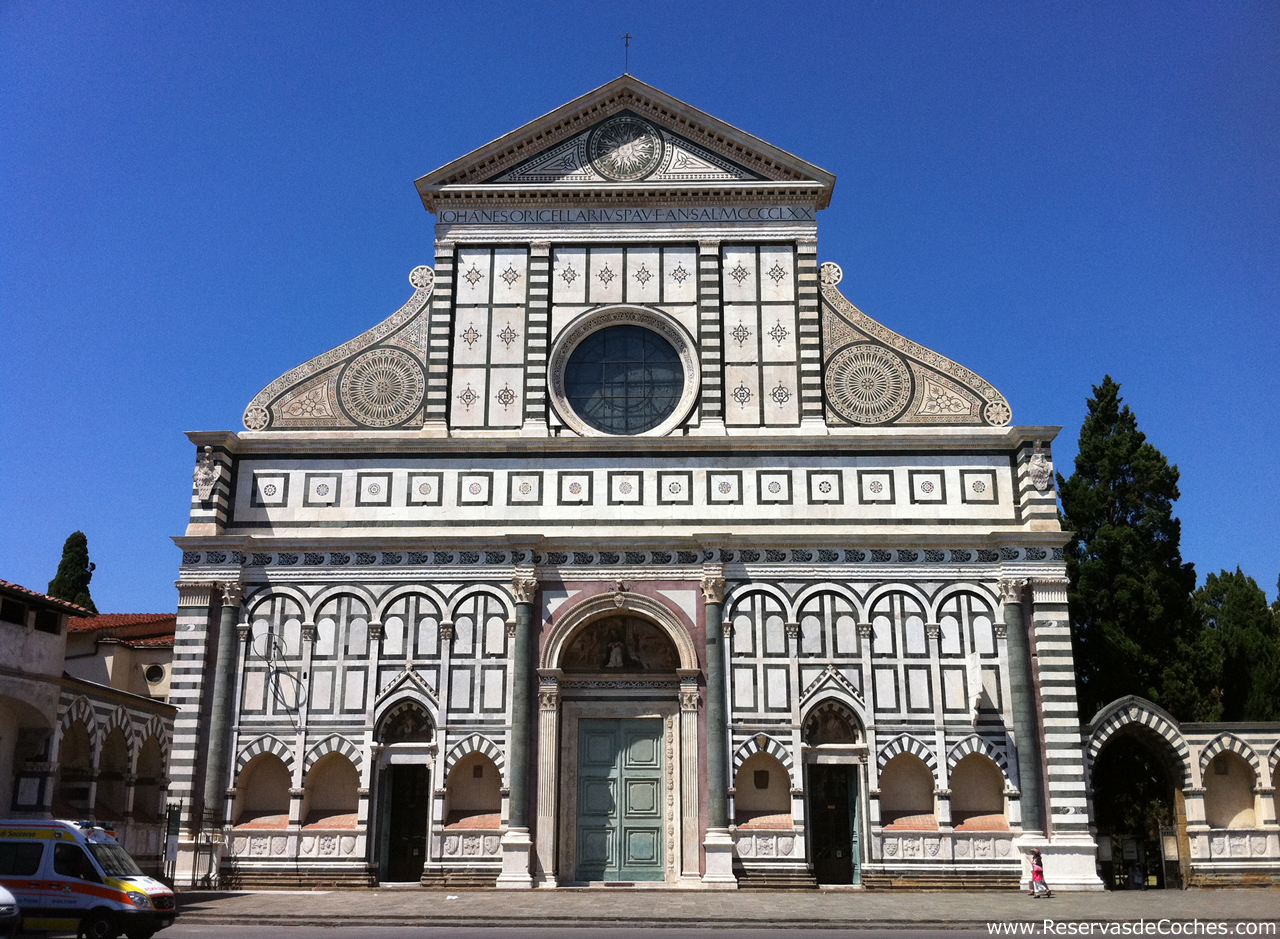
We’re in the historical center of Florence, in the church of Santa Maria Novella, which represents a masterpiece of gothic architecture while the façade is a symbol of the Renaissance thanks to the genius of Leon Battista Alberti. It’s right here, in one the most famous basilicas in Florence, that the story of the Decameron starts. The protagonists of Boccaccio’s work find themselves in the church, while the plague was dispersing and they decide to escape for fourteen days in the hills of Fiesole, like the same poet writes, “In the vulnerable church of Santa Maria Novella, on a Tuesday morning, when almost no one was there, […] seven young women met each other…”.
Now the Church is a beloved destination for tourists from all over the world: they like to sit on the green lawn in front of the churchyard, enjoying the beauty of the façade. Inside, there is one of the wonders of the fourteenth century Italian art, the Trinità by Masaccio. And it is not the only work of art worthy of note hosted in the Basilica: in fact, the artists who worked for Santa Maria Novella were very numerous. Among these, there's Giotto: inside the central nave you can be amazed by its Crucifix, dated 1290.
The façade of Santa Maria Novella was fully completed recently. At that time, this was a common “problem” for many of the city’s churches. The outside of Santa Maria Novella was only completed in 1920, the façade of the Duomo in 1887, and the front of the Basilica of San Lorenzo was never finished, and still today lacks marble (but it's beautiful as it is!).
Leon Battista Alberti, the Renaissance architect who designed Santa Maria Novella façade, used “deliberately” distinctive decorative elements known as "upside down volutes".
Fiesole, “destination” of the Decameron

But let’s return to Boccaccio and his Decameron. In Florence the plague was spreading and the protagonists of the novel escaped in the hills of Fiesole, one of the spots you shouldn’t miss when visiting Tuscany. From here you reign over the city of Florence, with one of the best panoramas you can admire. Florence, seen from Fiesole, appears like the Sleeping Beauty, gently hugged by its green hills.
After passing through the twisting and turning streets of Fiesole, you ascend to arrive in Piazza Mino da Fiesole, the first stop for tourists who arrive in the village. If you like walking, you can also reach Fiesole by foot, starting from Via Boccaccio in Florence, following the panoramic Via Vecchia Fiesolana. Otherwise, you can take the bus number 7 to arrive to the main piazza.
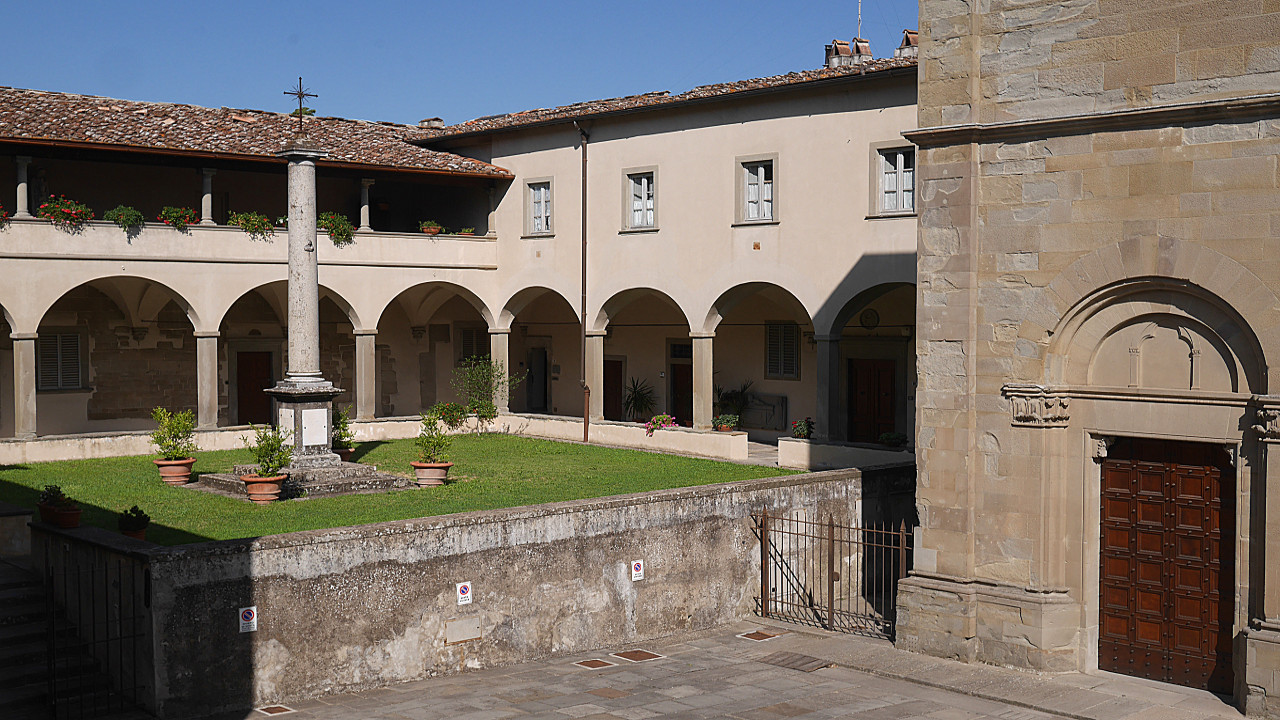

In the historical center, there are at least three places you must visit: the Roman theatre, the convent and missionary museum of San Francesco, and the Duomo (Cattedrale di San Romolo), which are all located right off the main piazza of Fiesole. Arriving in Piazza Mino, taking the first street on the left which runs alongside the Duomo, you arrive at the archeological site, a place outside of time that documents the ancient Etruscan origins and Roman settlement. You can admire the remains of the theatre, the baths, and the temple. You can also visit the archeology museum that contains a precious collection of ancient Greek vases, Langobardic tombs entirely reconstructed, bronze from the Etruscan age, and marble decorations from the Roman theatre. On the opposite side, instead, you can find another pearl along your journey, the convent of San Francesco.
Before you arrive at the Cathedral of San Romolo, you’ll find on the left a steep slope that leads you to one of the best panoramas in the Fiesole hills. From this point, seated on the ancient wall, you reign over the city of Florence. You should also see the entire complex of the Basilica of Sant’Alessandro, the church with the convent, and the missionary museum of San Francesco.
You can’t finish your visit without tasting the best local products and dishes. There are lots of restaurants, trattorie, and wine-cellars where you can go to get typical plates in the Florentine tradition, which includes Florentine steak - obviously - accompanied by a good glass of local red wine.
Florentines consider Fiesole one of the most romantic places near the city, what do you think?
Start your discovery



